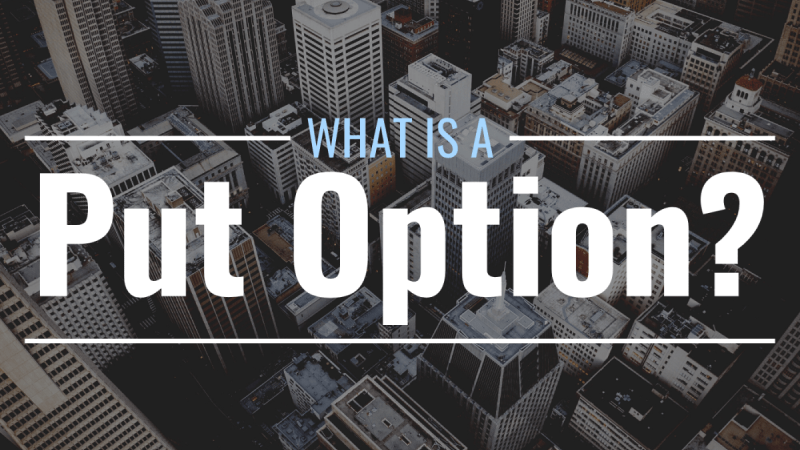Many who are getting into marketing investments may soon come to wonder, “what is a put option?” They’re also likely to wonder, even more so, how this option may or benefit them.
In the marketing world, options are a means for investors to make a profit from the stocks that they own. With a put option, a contract between a buyer and a seller is made which guarantees a set price over specific stocks, and for a certain period of time. The contract is known as a strike price, while the actual price agreed upon is referred to as a premium. The time frame for the contract is called an expiry date.
A put option for buyers gives them the advantage of having a set price in which the seller must pay the determined premium, should the buyer ever wish to exercise their rights of the strike price before the expiry date ends. With this guarantee, buyers are guaranteed that set price, even if the value of the actual stock happens to drop lower within open market.
Buyers aim for this price guarantee to help pad any loss on their portfolios, should the market value decrease, but also as a means to make money by selling those stocks for more profit. When the value drops, they must use their rights on the option before it expires, automatically seeing to the seller having to purchase it at the older set price agreed on.
Sellers are the ones who must buy any stock within the agreement at the premium, providing it’s within the allotted time period. It is the seller’s hope that the value of the stocks involved with put option increase in value, as this means that buyer will then need to sell those assets on the market for more than they are worth, while the seller gains any money that was invested in the put option agreement.
More or less, the seller is aiming to make money when agreed upon stock rises in value, ensuring that the buyer will not use their rights on the option, while the buyer is hoping to make money and not lose it with a decrease in value over said stock before the expiry ends. For the seller, they may gain a little favor for joining in on the game, while the buyer can either make a healthy amount more or lose it all in the end, including the extra money invested for the put option to begin with.
With put options, the longer the contract period lasts, the more the premium will cost. The same can go for options where the value of the stock at the time of agreement may be less than the strike price. The reason that the time frame can impact the price is due to the fact that there is more risk involved with the more time that there is. Premiums for options are also in lots with 100-share minimums, but are often quoted as stocks.
Even after all is said and done, an investor may still wonder, “”what is a put option?”” Simply put, it can be a big risk, just as any investment option, and will be a win-lose situation. One may gain considerably, while other could lose out in a major way. Either the seller will benefit with a rise in value, or the buyer will gain with a drop in value. It’s always best to make sure to do one’s research, weigh the benefits against the disadvantages, as well as taking into consideration the possible risk factor and whether it’s worth it or not in the end.

